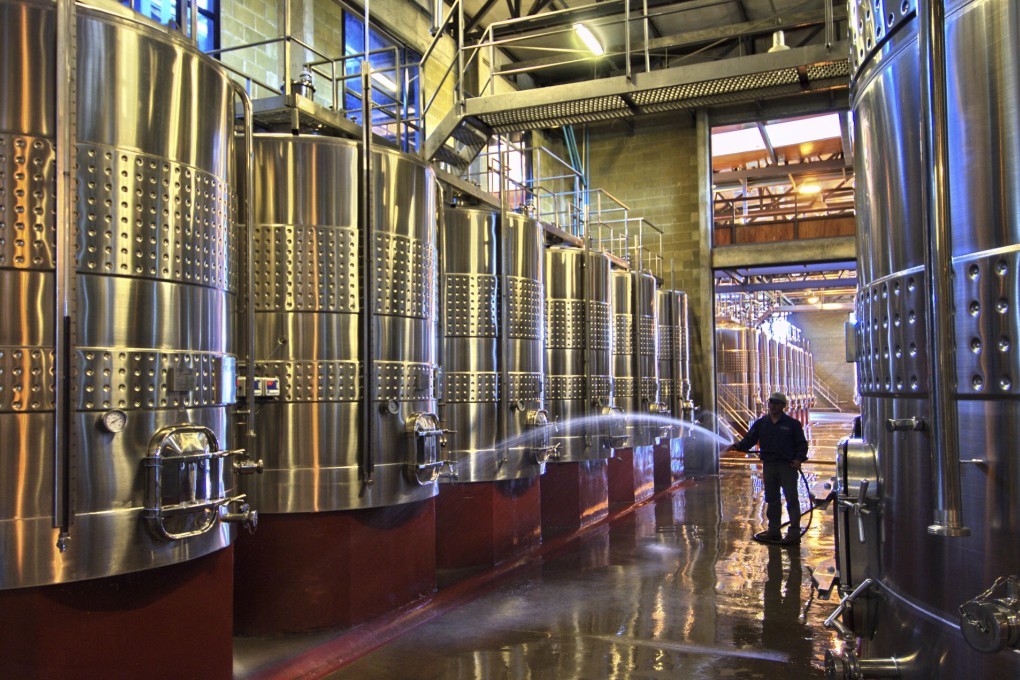Wine opinion: why some aromas are better left out of the bouquet

The recent isolation of certain bacteria and yeast as responsible for terroir - the evocation of a sense of place in the flavour of a wine - is another apparent triumph for the application of science to the art of winemaking.
It is tempting to believe that modern winemaking techniques and an advanced supply chain mean that it is difficult to buy bad wine these days. But while science advances, it is not clear that human nature does.
Unscrupulous winemakers still don't clean their equipment properly, and use bad fruit. So, as the saying goes, "rubbish in, rubbish out." But this wine still has to be sold.
Cork taint is the most famous of wine faults, but research into producing cleaner corks has reduced the incidence of this dramatically in the past decade. Using other closures eliminates the problem altogether. But as Penfolds' chief winemaker Peter Gago once told me, the condition of the wine becomes a great record of its storage.
It takes a lot of effort to ensure that wine stays at optimum temperature during transit and storage, and it's not an effort that everyone in the wine industry is willing to make.
Banana, a flavour I most often find in generic white wines, most recently in glasses of chardonnay from Australia and Italy, can be the result of dirty equipment in the winery.
It's also a possible product of cold fermentation, the process by which winemakers in warmer countries try to mimic the ambient temperatures of wine-producing regions such as Alsace or Germany. If that process goes wrong, the yeast can produce hydrogen sulphide, also known as sewer gas. Lovely.